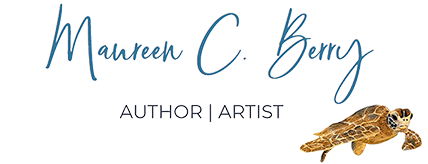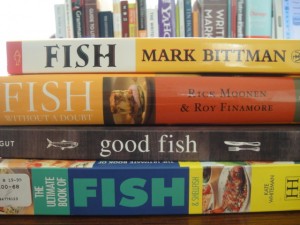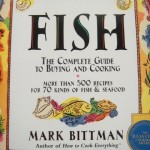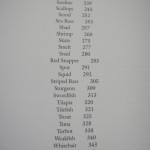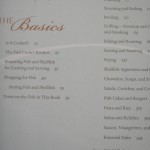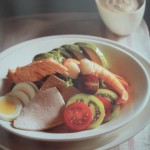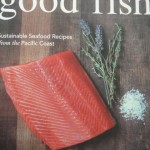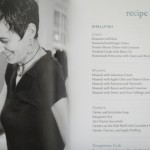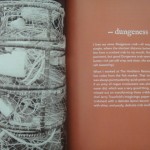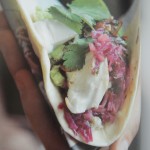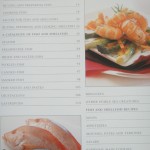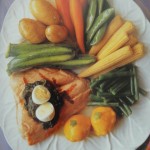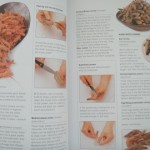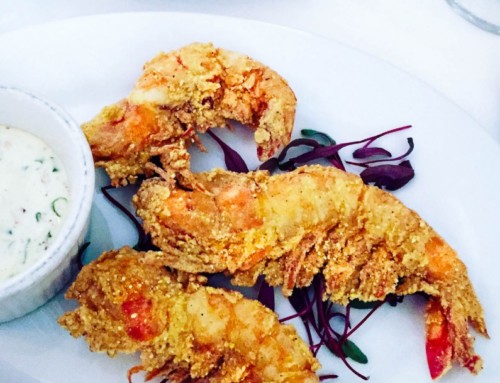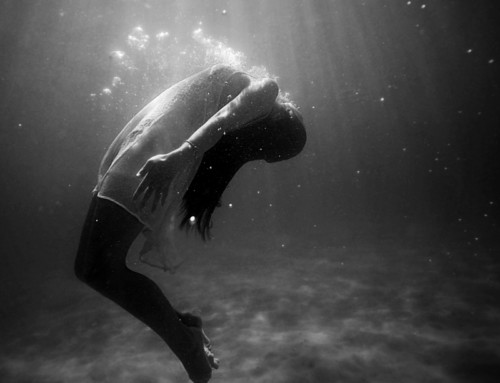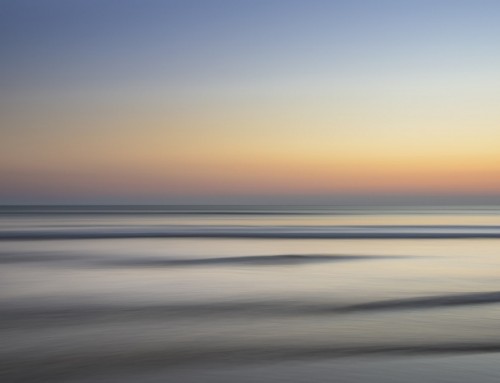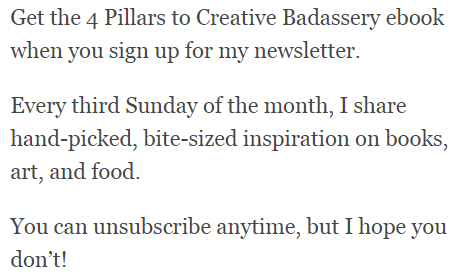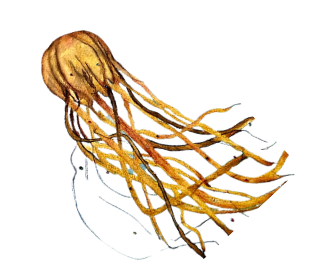There are over 30,000 different seafood species in the world, countless seafood recipes and cookbooks. How do you know which cookbook to buy?
Do you want to know which fresh fish cookbook to buy, but are intimidated by the selection or are you unsure which cookbook is the best value?
You’re not alone.
I’ve been on a mission to find the best fresh fish cookbook since I started compiling my own recipes and stories for my very own seafood cookbook. After much research and consideration, I chose the following four books for my reading pleasure and inspiration in and out of the kitchen. I’ve got to admit, sometimes I just want to make someone else’s recipe. I use them as my benchmark for success with my writing, as a resource for my work and for the sheer pleasure of reading them, cooking with them and adding them to my cookbook collection.
- FISH by Mark Bittman
- FISH Without A Doubt by Rick Moonen & Roy Finamore
- GOOD FISH by Becky Selengut
- THE ULTIMATE BOOK OF FISH & SHELLFISH by Kate Whiteman
A few words about my reasons for chosing these books. First, the Chef/Authors of these books are outstanding members of the culinary community. They’ve spent endless hours doing research and cooking fresh fish for these books. If you fall into the “I love fresh seafood, but don’t know how to cook it” catagory, then you’ll find my review of these books a time-saver.
As a dedicated lover of all things seafood and culinary, I have the utmost respect for the Chefs, the people that work in the seafood industry and the work that goes into the making of a book about something so many people are afraid of.
Here’s to being a little less intimated.
Mark Bittman, the celebrated, award-winning food writer who writes HOW TO COOK EVERYTHING brings FISH: THE COMPLETE GUIDE TO BUYING AND COOKING to the table. This A-Z approach is about “cooking fish to enjoy eating it.” Bittman encourages readers unfamiliar to buying and cooking seafood to “read, ask and learn.” It’s no-frills (read no glossy food porn) approach to fish, a term he uses in this book for all seafood species. Bittman’s goal: “Buy it right, cook it simply.” Let’s take a look.
The first fifty pages are devoted primarily to buying and preparing fish. Bittman scores well for his narrative readable approach to guiding the consumer, you, at the market. Whether you buy fresh fillets, whole fish or frozen, you’ll be savvier at the counter whether you live in Nebraska or on the coast. He illustrates the cleaning and filleting of whole fish in a step-by-step method. One note I would recommend to inexperienced fish buyers, use a towel to hold the fish when skinning and ask the market to remove the fish scales. He addresses basic and staples, which could be termed more aptly, stocks and sauces.
Then starting with Anchovy and moving through the alphabet to the last entry, Wolffish, Bittman gives the Latin name, common names and forms, a general description and additional buying tips for seventy species. He offers recipes for most of the species although I wonder why he mentions a species uncommon to the retail market without offering a recipe, like Cunner and Cusk, for instance on page 119. After all, there are over 30,000 seafood species in the oceans and you will undoubtedly never see most of them in your retail market.
This award-winning book was written in 1993 and contains timely, useful information for today’s market conditions. The recipes are friendly and simple. You will not need a well stocked pantry of unusual, expensive food products, just a keen nose, a sharp knife and a little time to read before you begin to cook.
351 pages, soft cover, $19.95.
Next up. FISH WITHOUT A DOUBT by celebrated sustainable seafood Chef Rick Moonen & award-winning food photographer Roy Finamore. As a founding member of Seafood Choices Alliance and an award-winning restauteur, Moonen blends his culinary credentials, market savvy and knowledge to create this elegant, stylish book. It contains 250 Simple Seafood Recipes with “hundreds of tips” and mouth-watering color photos that you wish were on your dinner table tonight, tomorrow, the follow day…you get the picture. Let’s take a closer look.
Moonen addresses fish, health and sustainability in his introduction, scoring big points for tackling this timely issue. The next fifty-five pages are devoted to the basics. He makes classic suggestions for what should be in your pantry and recommends essential cooking tools for success in your kitchen. He offers several pages of glossy black and whites on technique for preparing fish and shellfish. Then he discusses shopping for fish in an easy to digest bullet point format and writes about the seafood (all thirty-four species, all sustainable) used in this book.
Off to the kitchen for the juicy part of the book. Moonen offers the home cook recipes that are grouped by technique. The fleshy, fat part of the book contains techniques that are common to most: grilling, baking, and sautéing. He offers salad, sides, soups, salsas, sauces and spice mixes recipes to fill in the remainder of the book.
The last few pages are devoted to helpful prepping techniques like ice baths, making fresh bread crumbs and croutons. He offers a list of first-rate companies to buy sustainable fresh seafood.
477 pages, hard cover, $35.00.
Becky Selengut dives into the sustainable seafood cookbook market with GOOD FISH: SUSTAINABLE SEAFOOD RECIPES FROM THE PACIFIC COAST. Selengut was raised on the shores of New Jersey, but eventually moved out west. Her transformation from East coast Jersey girl where she sold crab-stuffed flounder rolls at a seafood market to West coast native involves a journey through culinary school in Seattle, several tours of duty with regional restaurants and most importantly where she worked as the fish girl at the famous Herbfarm Restaurant. Selengut recently attended a traditional night dig for razor clams which completed her transition and she feels she shed her East coast skin.
She celebrates “what you can do” for sustainability: share her recipes and take an active part to “ensure that seafood survives-and perhaps someday soon, thrives again.” Let’s sea how she fares.
Selengut makes it easy for the home cook. The first eighteen pages are dedicated to know-how: how to use this book, links to how-to videos, ingredients and terms, tools with color photo, and sustainable basics. I think she explains all of this in a clever, easy-to-digest manner.
Her book is divided into three sections: shellfish, finfish, little-fish and eggs. She offers three choices that can make a difference in the world: diversify, be selective and limit portions.
For each of the fifteen types of seafood used in this book, she offers five recipes organized from “simplest to most challenging.”
Each recipe begins with a short tale about how she arrives at this particular dish whether it’s a suggestion from a friend, a quick note on flavor profiles or a dish that she’d take with her to a deserted island. These whimsical, personal preludes soften the palate for the recipes that follow. She also sprinkles each section with tips on seafood preparation, buying and cooking.
Selenguts up-close, full-page, color photos show specific dishes in each of the categories. She also shows landscape pictures of the areas where the seafood is harvested and some photos depict certain methods of fishing.
She closes her cookbook with a few notes on consuming raw seafood, mentions mercury and pop levels and recommends a credible list of sustainable seafood resources. As an addition bonus, Selengut’s wife, Sommelier April Pogue, offers wine pairings for each recipe. Photographs by Clare Barboza.
240 pages, soft cover, $29.95.
THE ULTIMATE BOOK OF FISH & SHELLFISH by Kate Whiteman is a comprehensive encyclopedia including 300 step-by-step recipes and over 1,500 color photos. Whiteman was a food writer and editor for decades. She spent her time traveling to source fresh seafood recipes like the ones found in this cookbook.
It is divided into two sections: A visual catalog and recipes.
In the first 125 pages, you are overwhelmed with information about cooking with fish, buying seafood, tools of the trade and how-to cook fish. Then you’re lead into the encyclopedic section of the book which will help you identify the fish at the market and offer an indication of how it can be cooked. I like this section because the pictures show the fish in whole form as well as how you will see it at the market in cut form.
Most seafood recipes don’t need fancy or expensive hard-to-find ingredients, so I’m happy to report that this mega-cookbook falls into the easy to find, affordable ingredients category. There are step-by-step instructions and glossy, colorful thumbnail pictures to guide you along the way as you cook with a photo showing the finished dish. Each recipe offers a cook’s tip, like a food substitution, nutritious tip or using the proper tool for the task at hand. The recipes are global, not regional, offering something for everyone.
501 pages, soft cover, $11.67 Amazon.com
*In order by author name
Enjoy!
